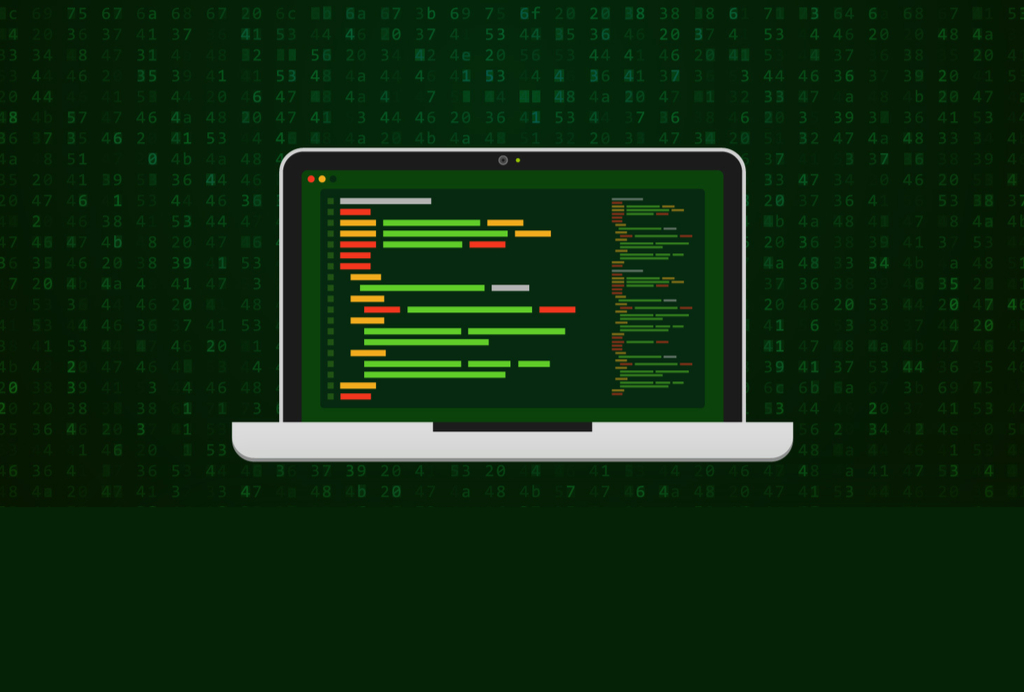The problems of software expansion caused by both business and technological challenges can be solved by reusing code.
We’ll go through what code reuse is and how to do it efficiently in this article.
What Is Code Reuse?
The practice of repurposing old code for a new function or piece of software is famous as code reuse.
However, in order to reuse code, it must be of excellent quality. That implies it needs to be safe, secure, and dependable.
It’s difficult to create software that meets these requirements. It’s significantly more difficult to design high-quality reusable software components and frameworks in a systematic manner.
How to Ensure Reusability of Code in a Project?
The goal of code reuse is a fantastic one.
A developer would have access to stable and trusted code libraries in an ideal situation. They’d be able to employ code from those libraries as building blocks in their own software.
As a result, you can reuse code where it’s possible:
- It’s simple to extend and adapt for a new application.
- If necessary, it was ported to different hardware.
- Demonstrated to be devoid of faults or issues that could jeopardize the new application’s dependability, safety, or security.
However, the conditions are not always optimum. And code doesn’t always meet these criteria. As a result, reusing code often appears to be much easier than it actually is.
When Is Code Reuse Not Possible?
It’s not always easy to reuse code.
In practice, developers frequently have to recreate software from the ground up. Alternatively, they may only be able to reuse a limited portion of current code in new projects.

Why Software Reuse Is Difficult
It’s difficult to reuse software.
This is especially true for companies with a high number of product components and development teams that are spread across the globe. Here are three reasons why reusing software is difficult.
Organization and Scale
It becomes more difficult to reuse software as the number of projects and developers grows. It’s difficult to express the nuances and needs for code reuse effectively. Also tough to provide sufficient assistance and feedback on code reuse.
Administration
It’s becoming more difficult to distribute libraries of reusable code as the number of projects and developers grows.
Cataloguing, archiving, and retrieving reusable content on a worldwide scale is difficult.
Platforms like GitHub can help with this. However, creating an usable and scalable code repository takes time and work.
Politics and Psychology
Office politics can be a barrier to software reuse at the corporate level.
As business units strive for autonomy — or compete with one another — they may try to prevent their assets from being reused by other units.
At the individual level, developers may see code repetition as suffocating their originality — or as an indication that their organization lacks faith in their technical ability. Some developers are resistant to initiatives to enhance code reuse because of these perceptions.
Code Reuse Challenges
- Development teams must devote more time to writing documentation for their code in order to promote planned reuse.
They also need to test it more carefully than code that is only intended for a particular project.For developers working under tight schedules, this is a challenge.Some people fail because they are overconfident.They spend far too much time and money on the initial design phase.Others fall short owing to a lack of preparation, design flexibility, or finance. - Creating reusable code necessitates the allocation of additional resources ahead of time by project managers.Project managers must commit to the time required to design, document, and test code from the start, an investment that will pay off in the long run.
Another option is to take a short-term approach, in which they concentrate their efforts on swiftly building software to meet their clients’ deadlines, with the intention of rewriting the code to make it reusable in the future. - To be reused, code needs to be secure. You can ensure secure code in a number of ways, including using a CWE list.
- Code must be dependable in order to be reused. Availability, fault tolerance, and recoverability are all ways to ensure reliable code.
- Code must be efficient in order to be reused. Improve reaction times and monitor processor, memory, and utilization to maintain efficiency.
- Code must be maintained in order to be reused. Making sure that code is compliant is one technique to ensure that it is maintainable.
You can reuse code more effectively with a static analysis tool, such as Helix QAC and Klocwork.

